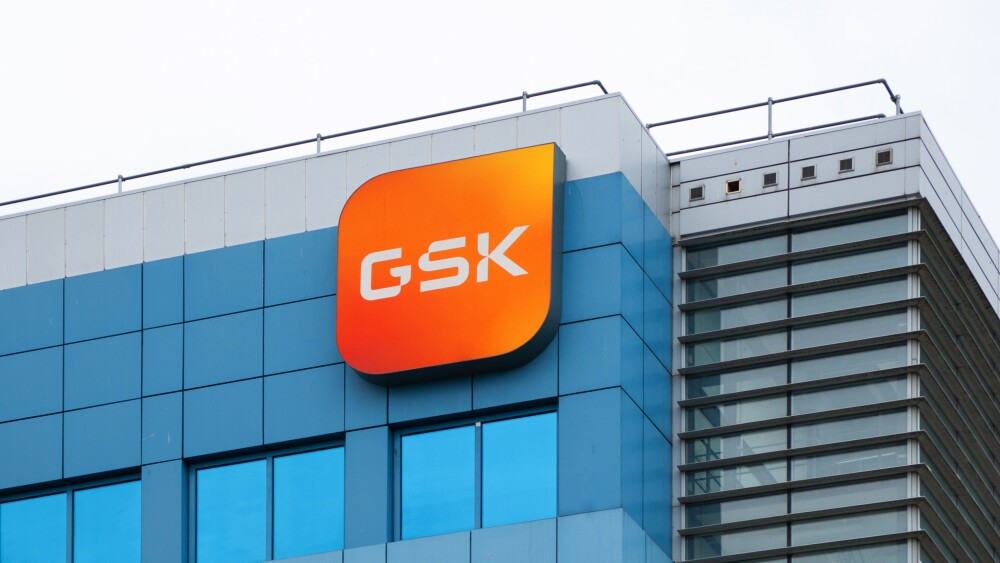Earlier this month, Catalent announced plans to add 500–600 jobs in Bloomington, Ind., one of its Moderna and Johnson & Johnson COVID-19 vaccine manufacturing sites.
New Jersey-based contract research and manufacturing organization (CRMO) Catalent has been busy lately, in part due to the need for COVID-19 vaccines and their boosters. Earlier this month, the company announced plans to add between 500 and 600 jobs in Bloomington, Ind., one of its COVID-19 vaccine manufacturing sites for Moderna and Johnson & Johnson.
According to Arturo Lopez, the company’s senior director of Human Resources, Catalent has invested more than $250 million at the site since 2019 and doubled its staff since the beginning of the COVID-19 pandemic. In an interview with Inside INdiana Business, Lopez noted that the COVID-19 vaccines were a big factor in their growth, but it’s not the only one.
“We provide drug development and manufacturing solutions for many of the world’s leading pharmaceutical and biotechnology companies and they continue developing new products,” Lopez said. “So, there’s a large pipeline of products coming out of these companies and we partner with them. But certainly, COVID has been a big driver and big reason why we have increased our capacity.”
In 2021 so far, Catalent has produced approximately 1 billion COVID-19 vaccines and associated treatments. The Indiana facility has been responsible for more than 300 million of those products.
Around the same time, on October 5, the company opened a new clinical supply facility in Shiga, Japan. That 6,000 square-meter site offers flexible clinical supply solutions for both local and global biotech and pharma companies. It is part of Catalent’s Asia-Pacific network, including two locations in China and one in Singapore.
“Shiga will become a key hub in our Asia-Pacific Clinical Supply Services network, with Japan now representing the third-largest clinical trials market in the world,” said Roel de Nobel, vice president and general manager of Asia Pacific, Catalent Clinical Supply Services. “The new site builds upon Catalent’s 40 years of in-country presence, and in addition to bilingual English and Japanese project and clinical supply management, will provide primary and secondary packaging and labeling, storage and distribution, cold chain handling, and in-country returns and destruction services.”
And in mid-September, Catalent inked a commercial supply deal with Phathom Pharmaceuticals for its lead compound, vonoprazan, a new class of drugs that block acid secretion in the stomach. Vonoprazan is in late clinical development for gastric acid-related diseases, including gastroesophageal reflux disease (GEERD) and Helicobacter pylori (H. pylori) bacterial infection.
Under the terms of the deal, if the drug is approved by the U.S. Food and Drug Administration (FDA), Catalent will handle commercial manufacturing and packaging at its site in Winchester, Ky.
“As Phathom readies for the potential approval and launch of our first product, we are pleased to have secured Catalent as a strategic partner to support our vonoprazan commercial manufacturing and packaging capabilities,” said Azmi Nabulsi, M.D., chief operating officer of Phathom. “This agreement further provides us with scalable commercialization resources and brings us closer to delivering on our commitment to change the treatment landscape for acid-related gastrointestinal diseases.”
All of this growth is likely to benefit company leadership as it heads into its shareholder meeting on October 27. As Simply Wall Street wrote, “It is likely that the focus will be on company strategy going forward as shareholders hear from the board and cast their votes on resolutions such as executive remuneration and other matters. We think the CEO has done a pretty decent job.”
The company has a market capitalization of about $23 billion. Last year John Chiminski, the company’s chief executive officer, reported total annual compensation of $13 million, which was an increase of 37% from the year before. That’s total compensation, but it appears that his salary was less than $1.1 million.
Catalent, meanwhile, had its earnings per share (EPS) increase by 69% per year over the last three years, and last year its revenues popped 29%.





